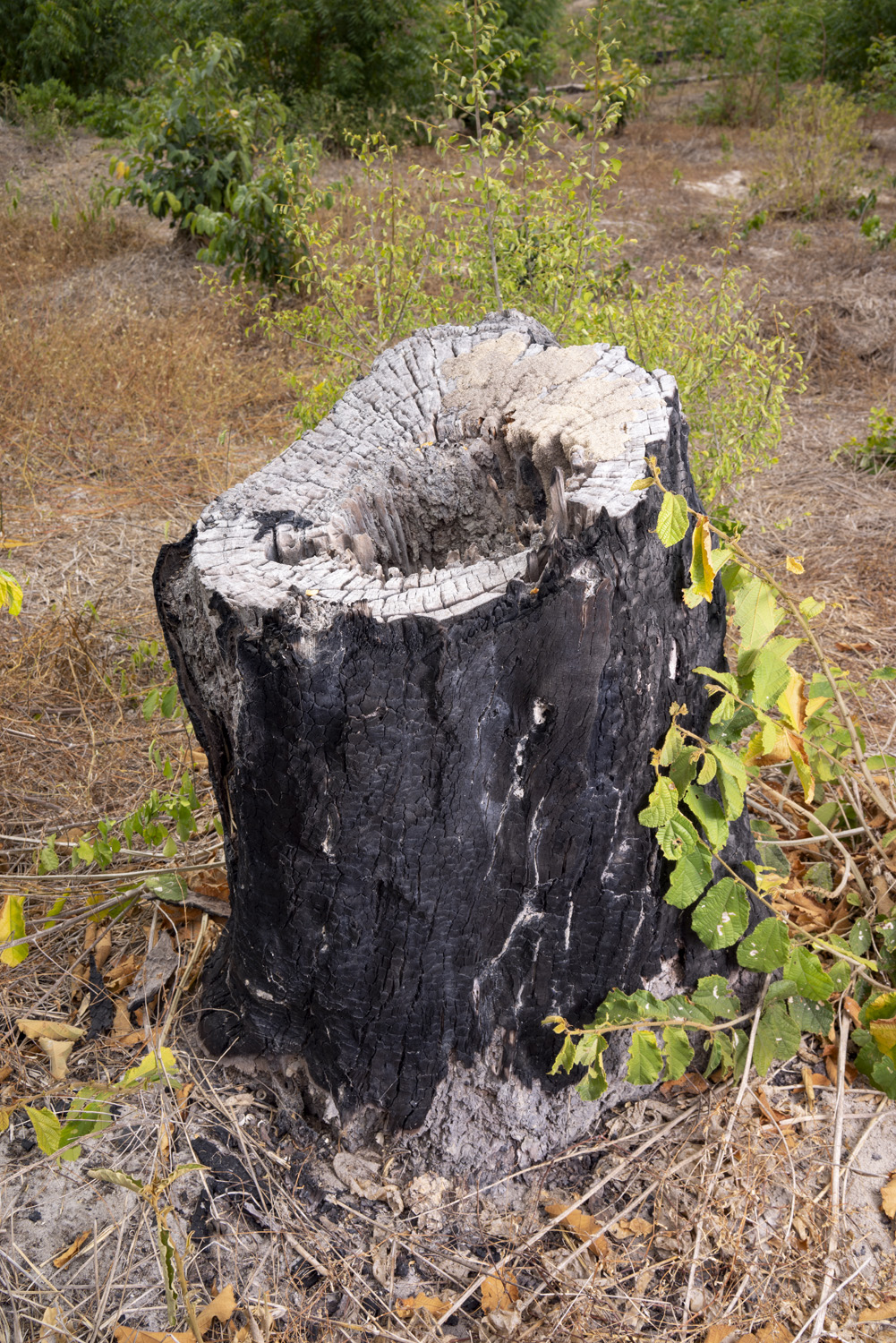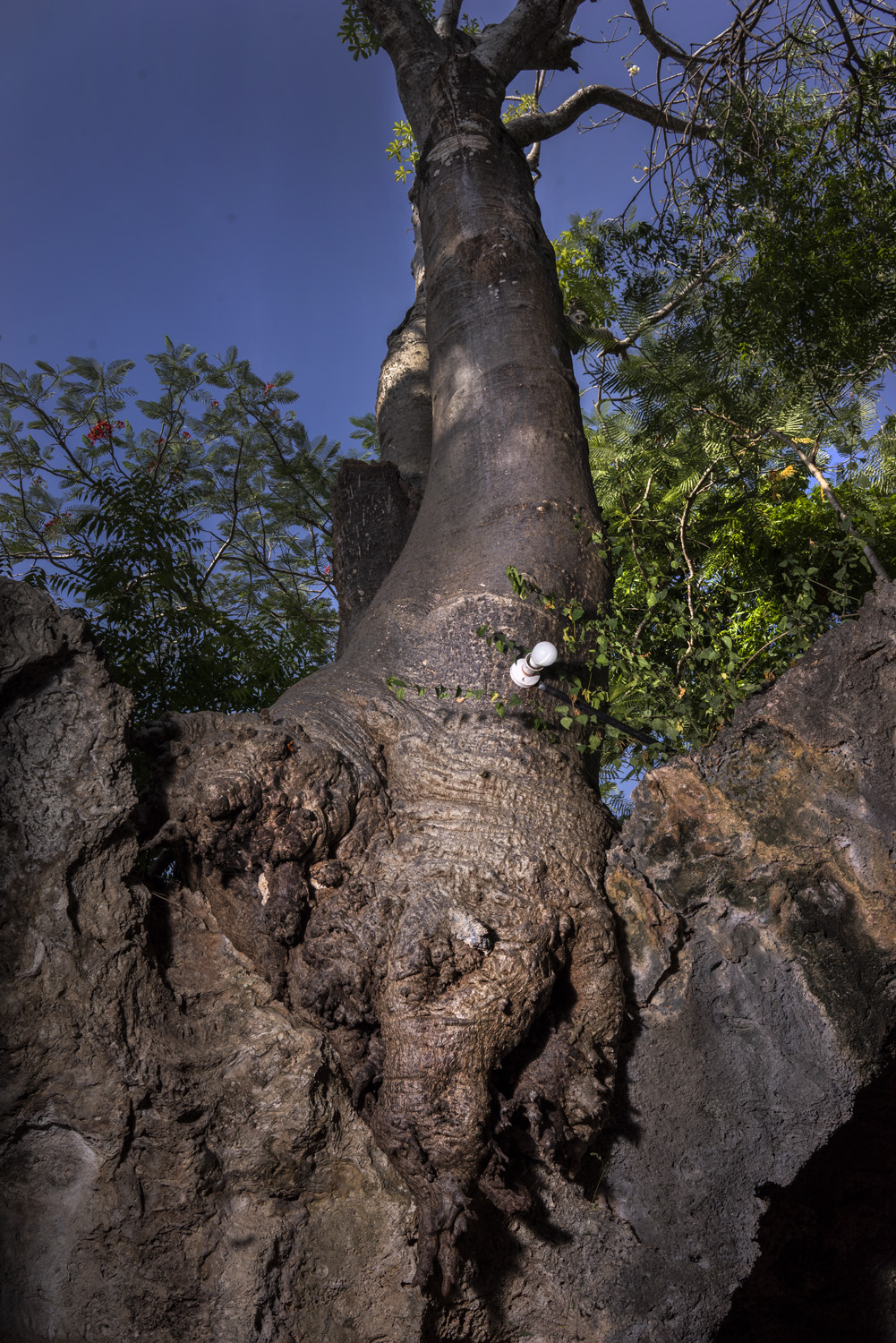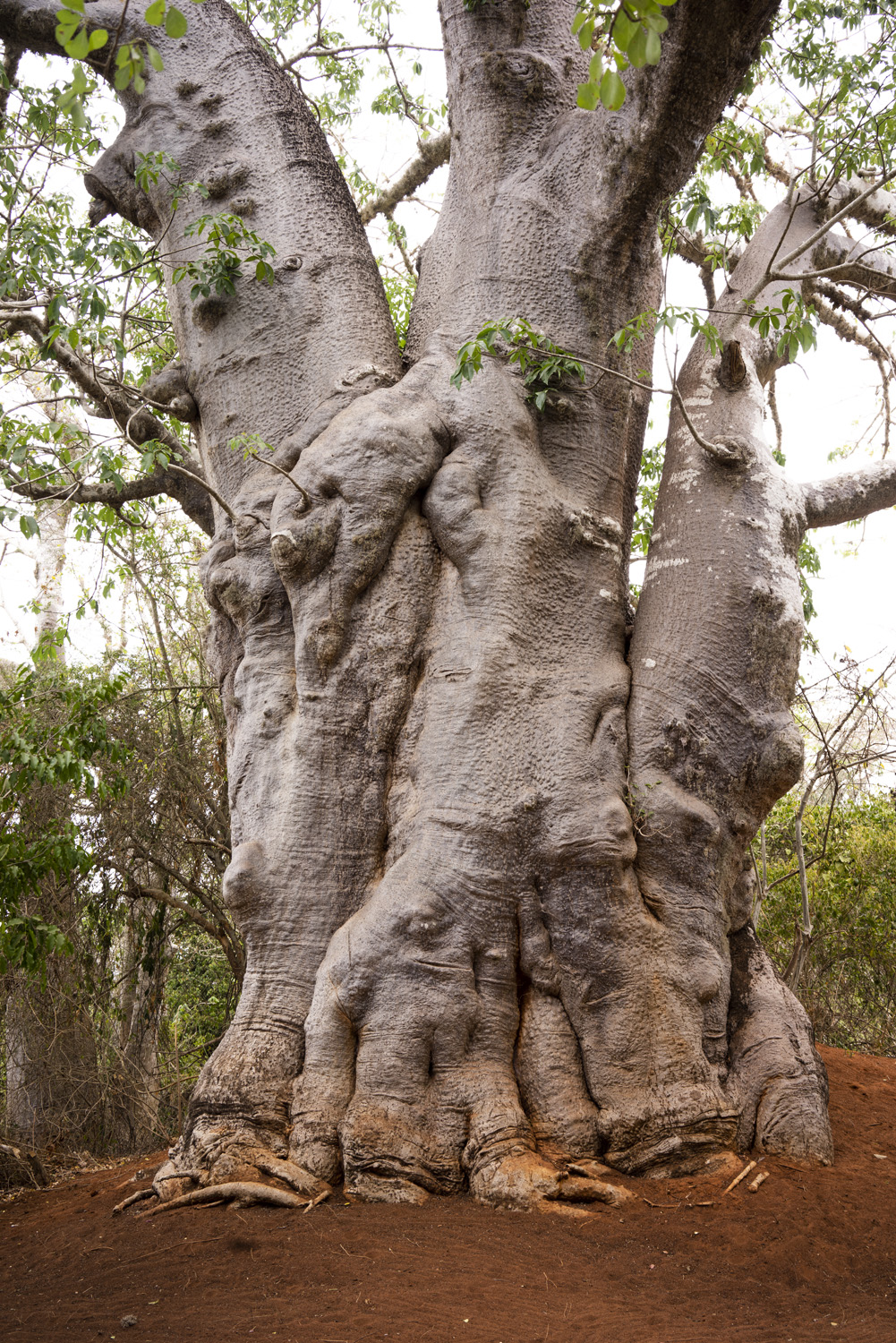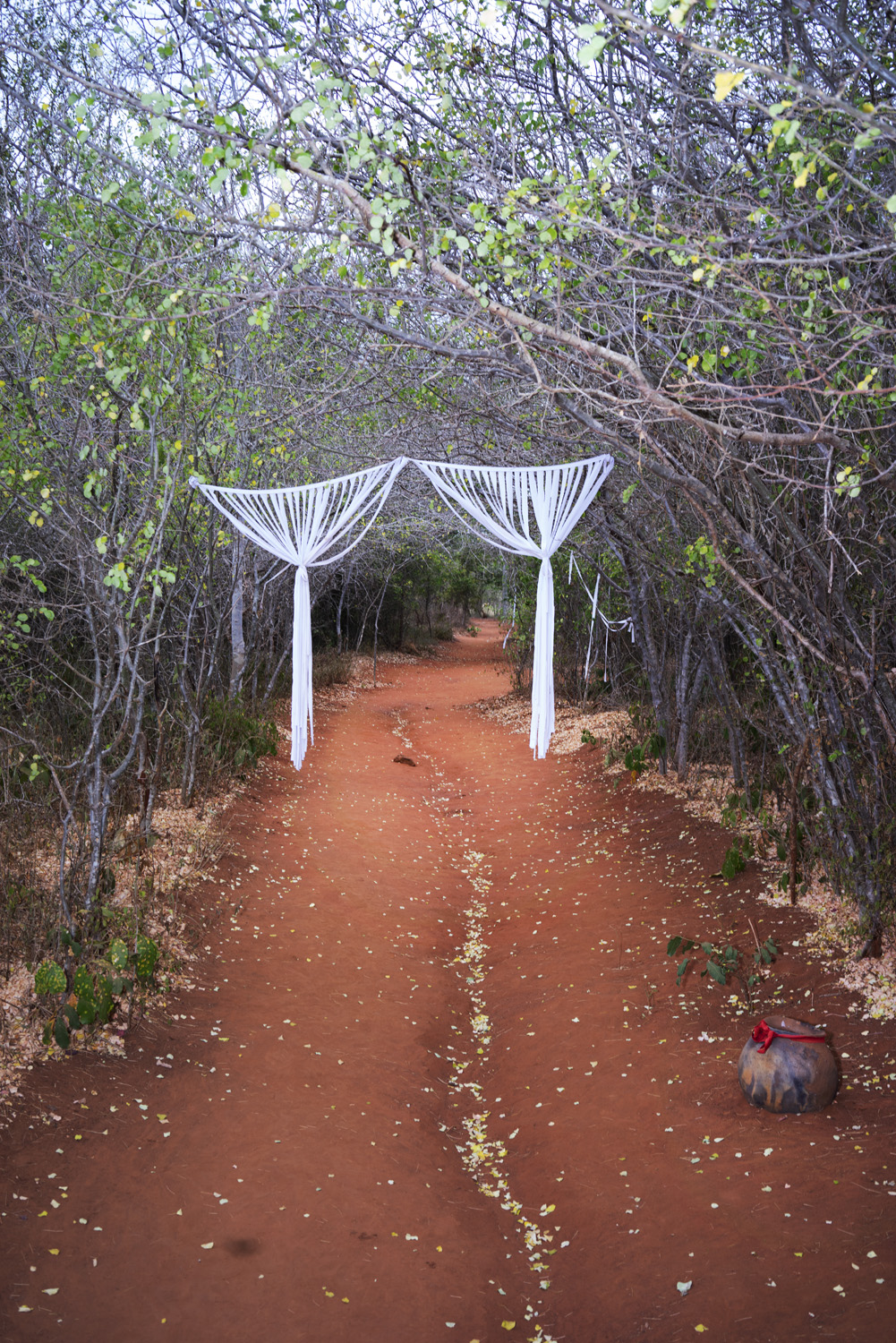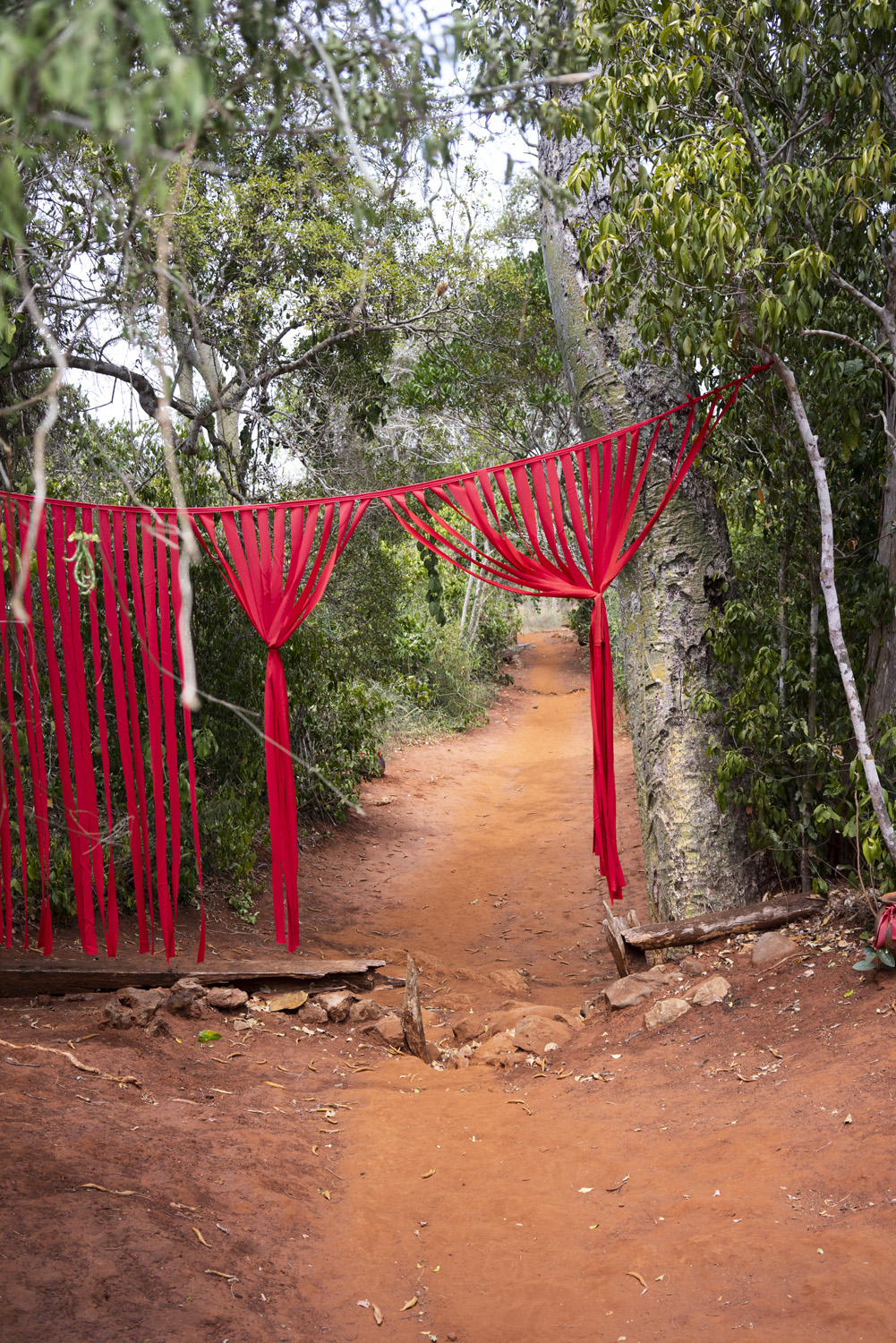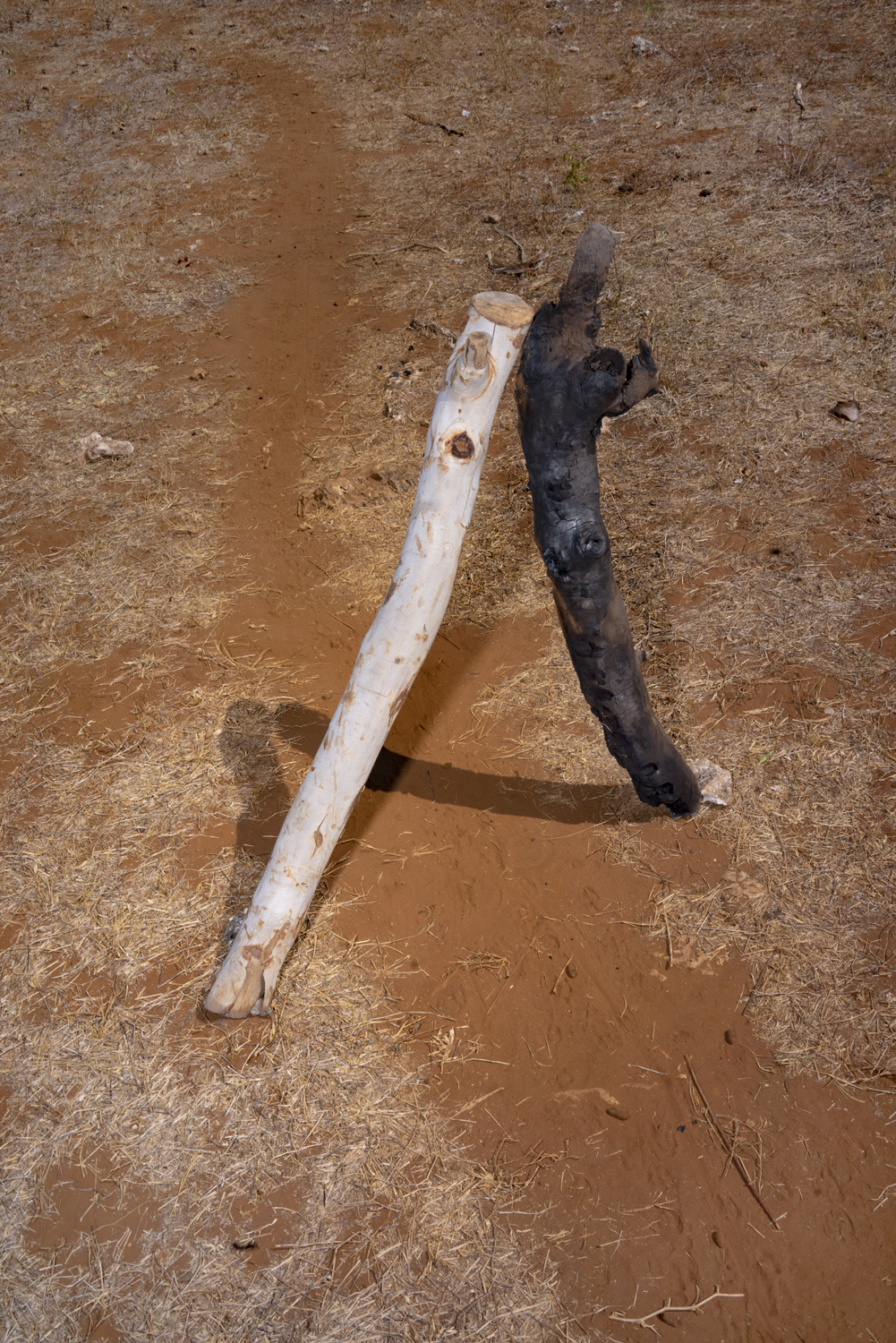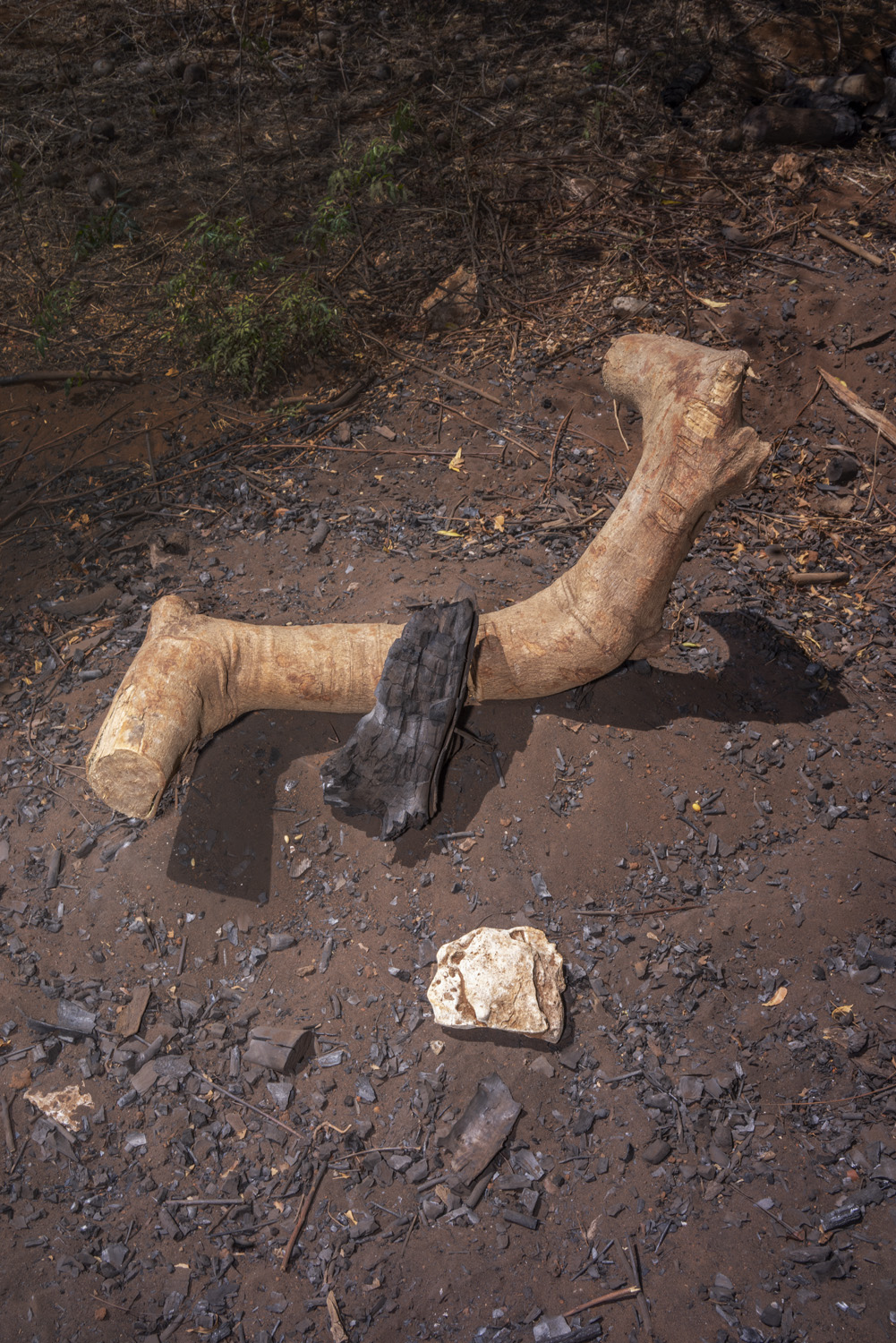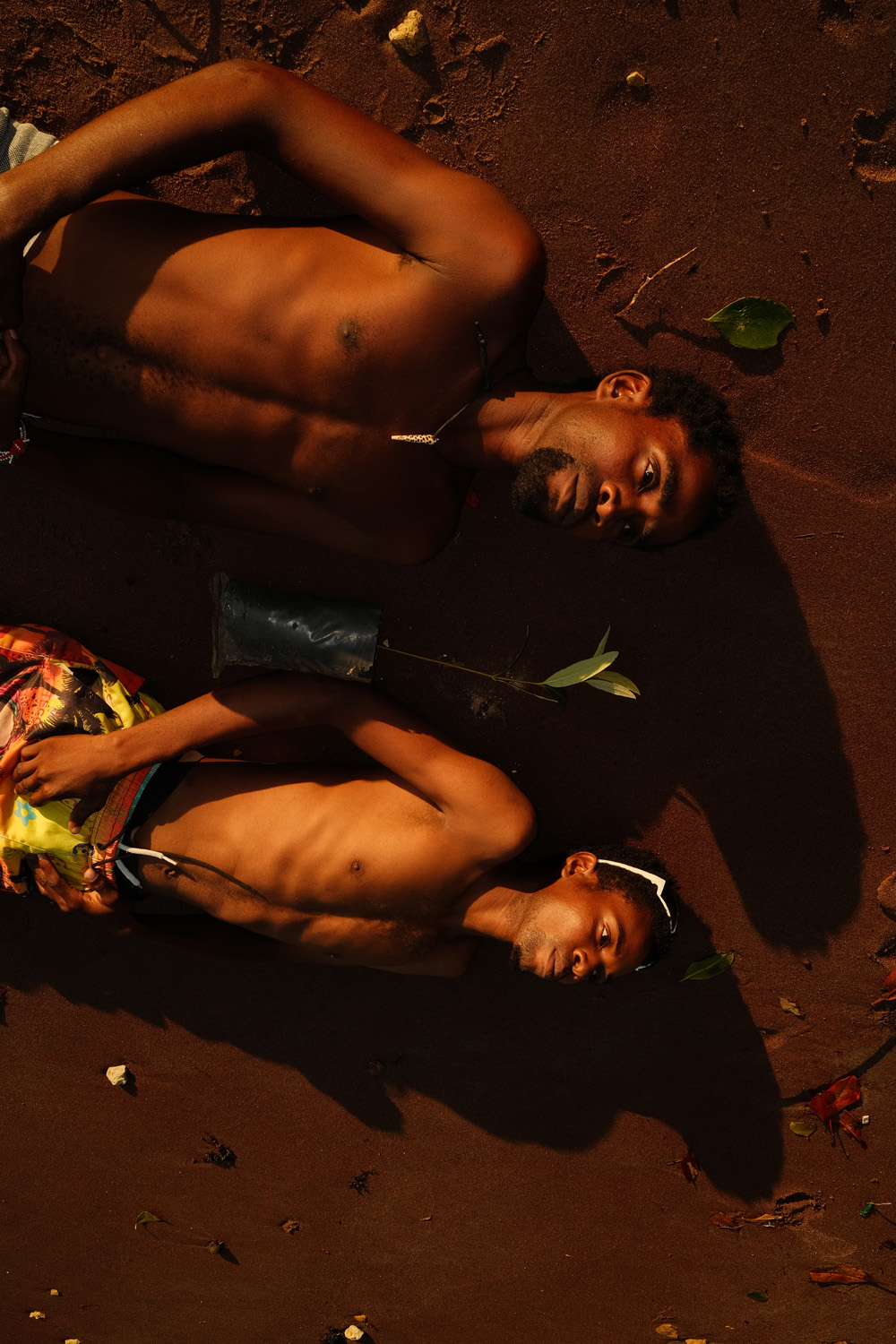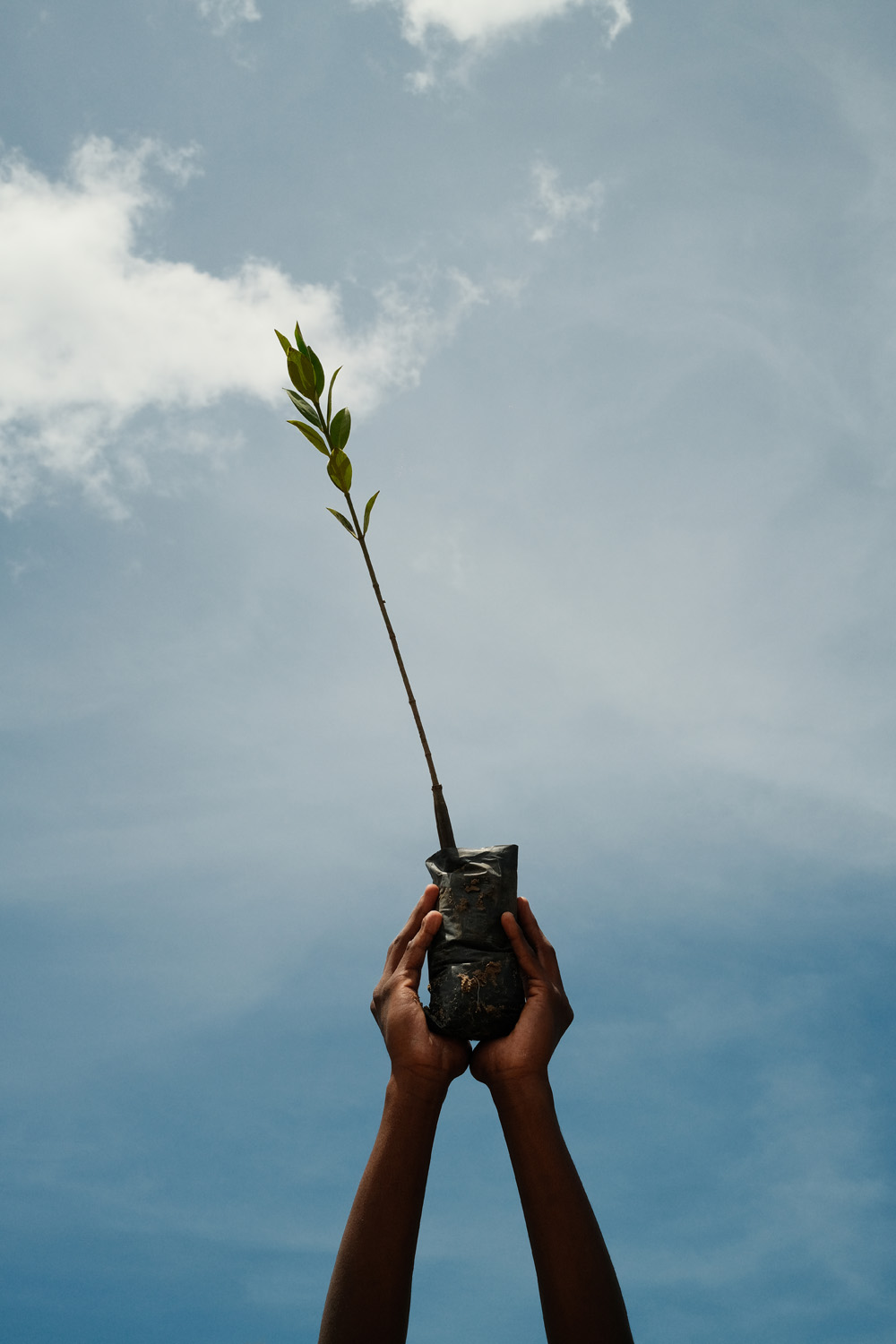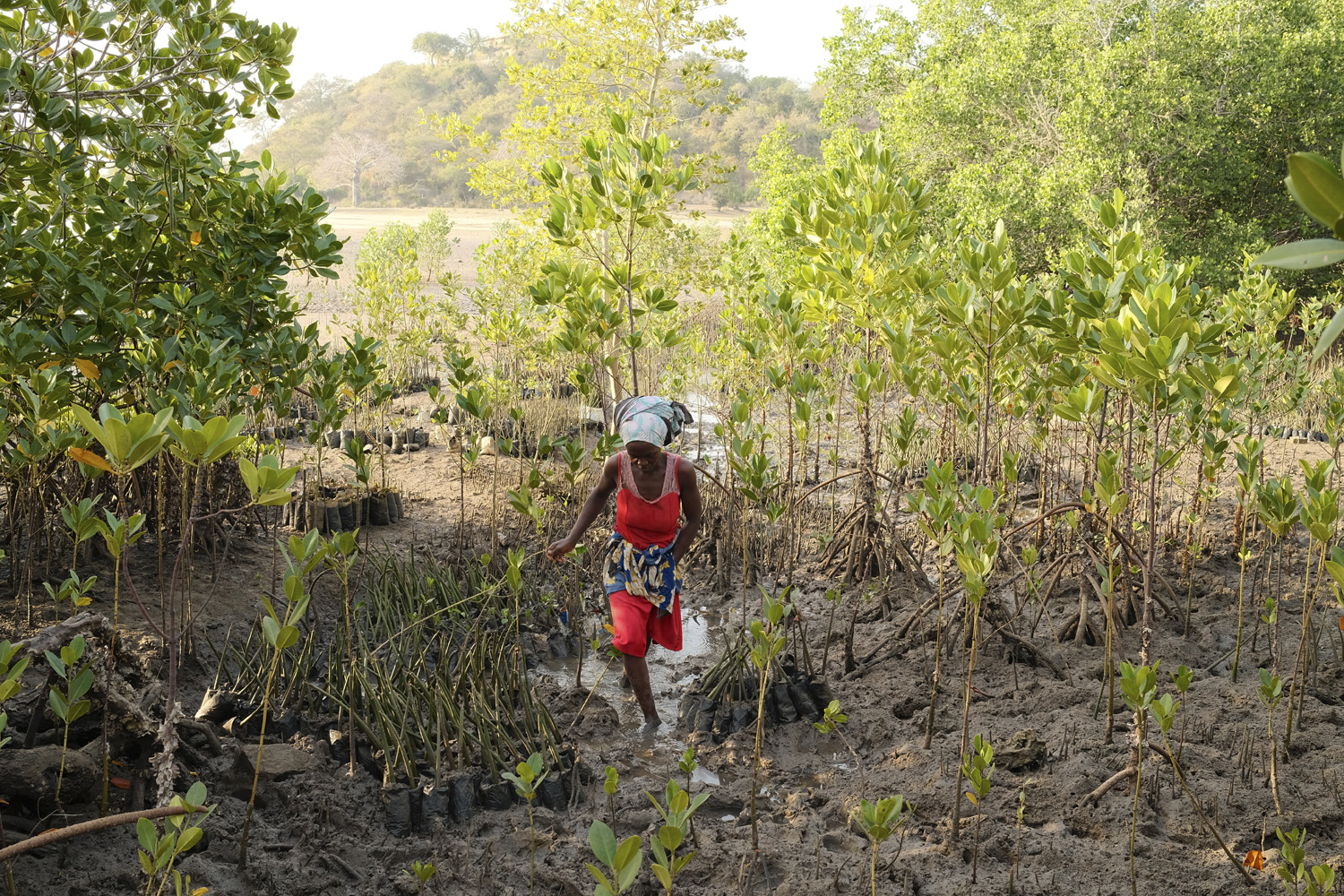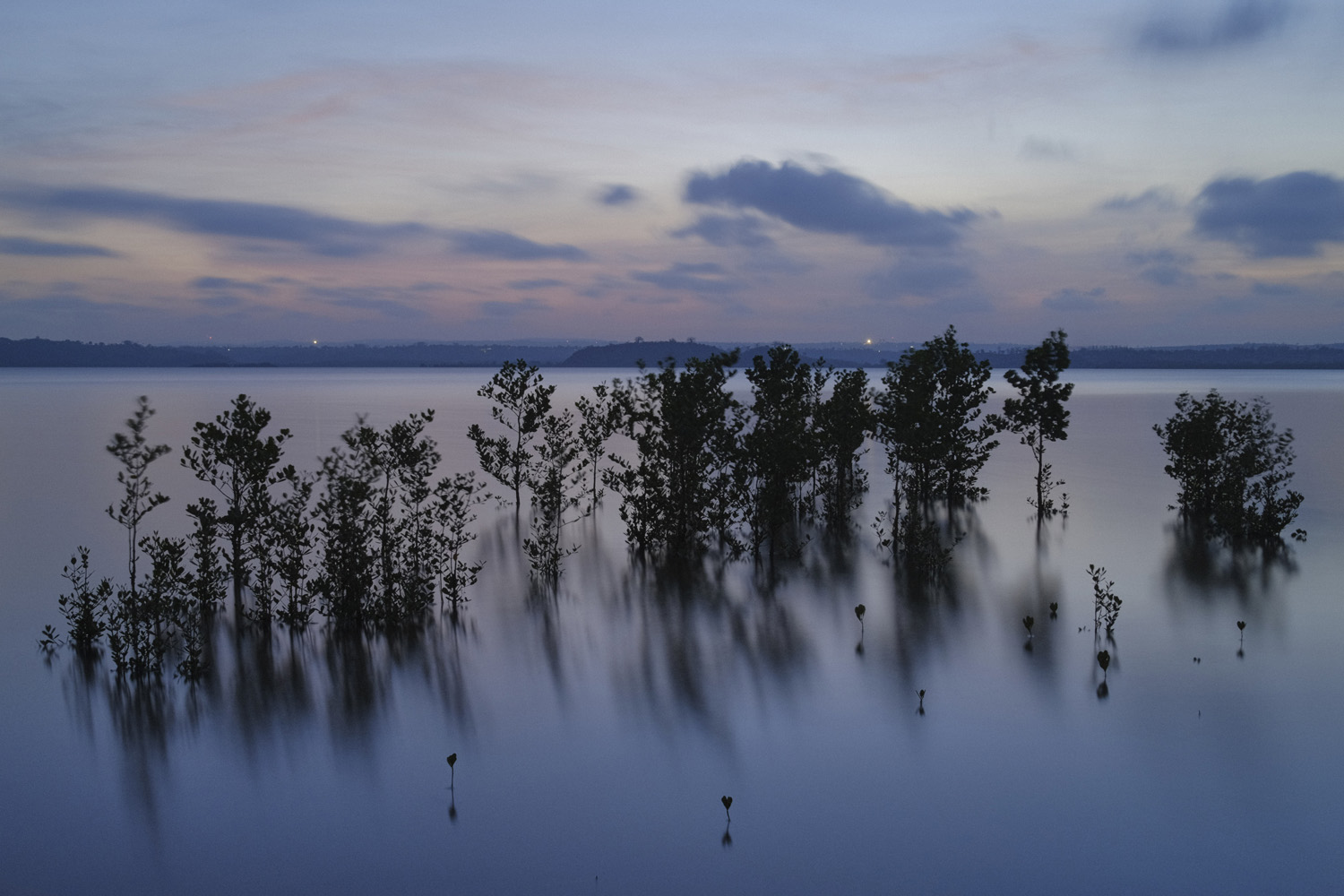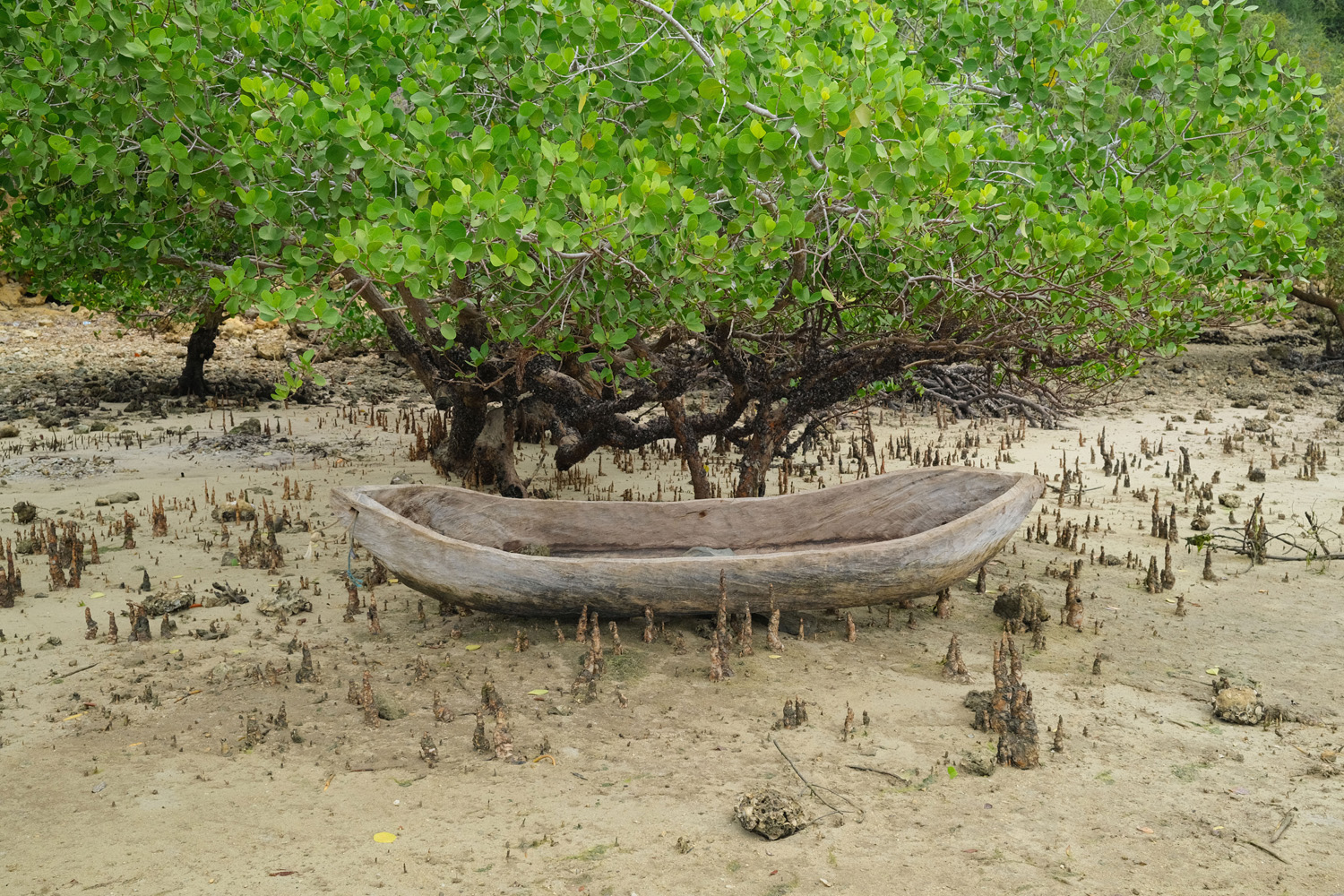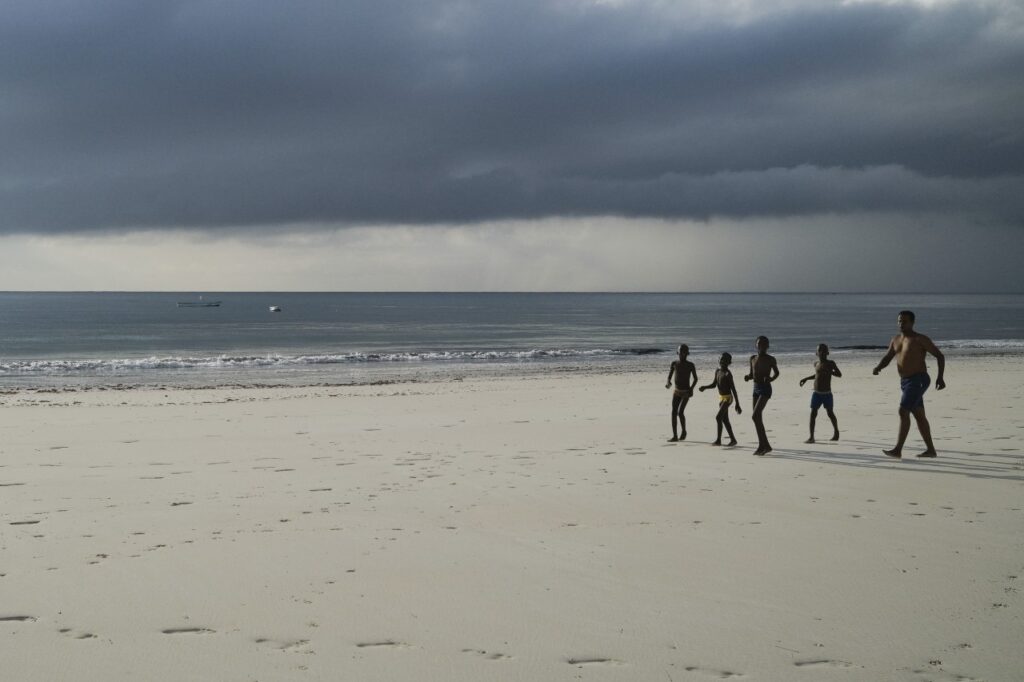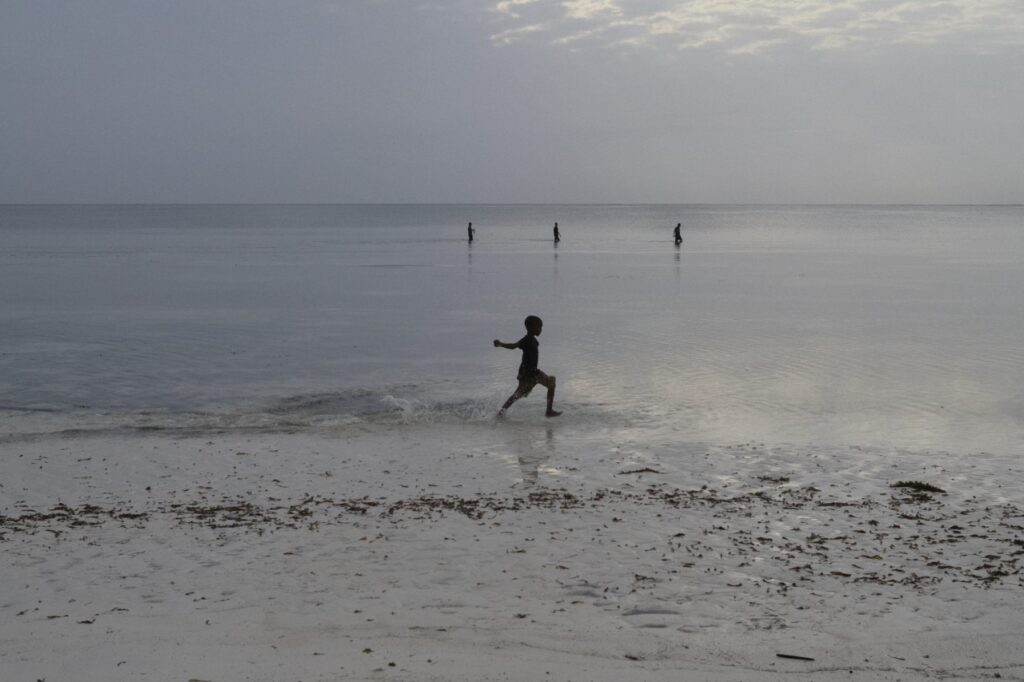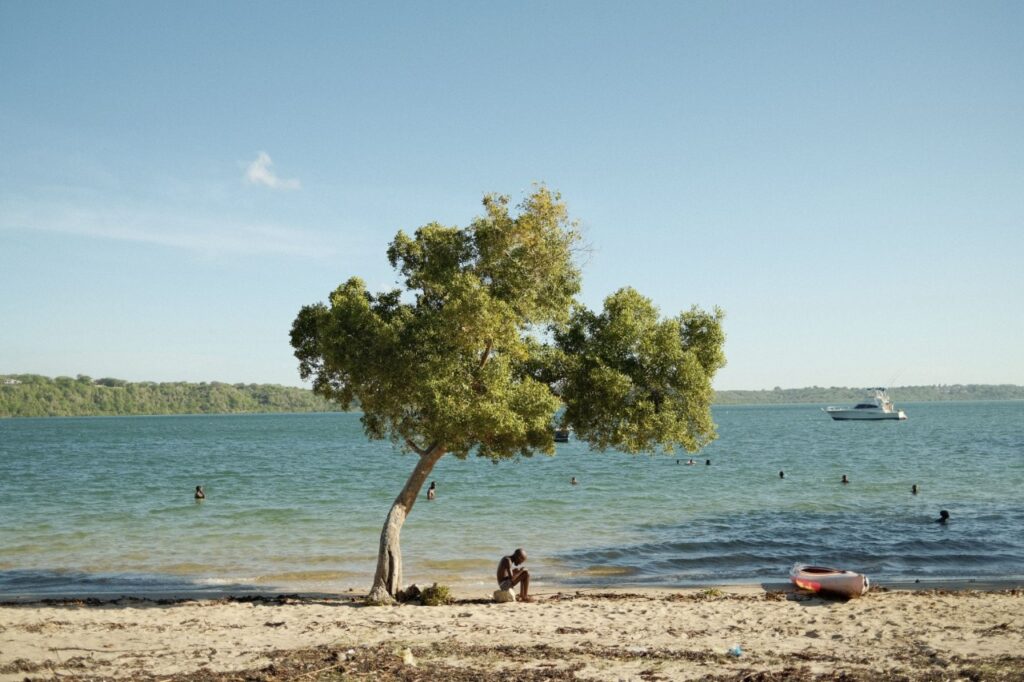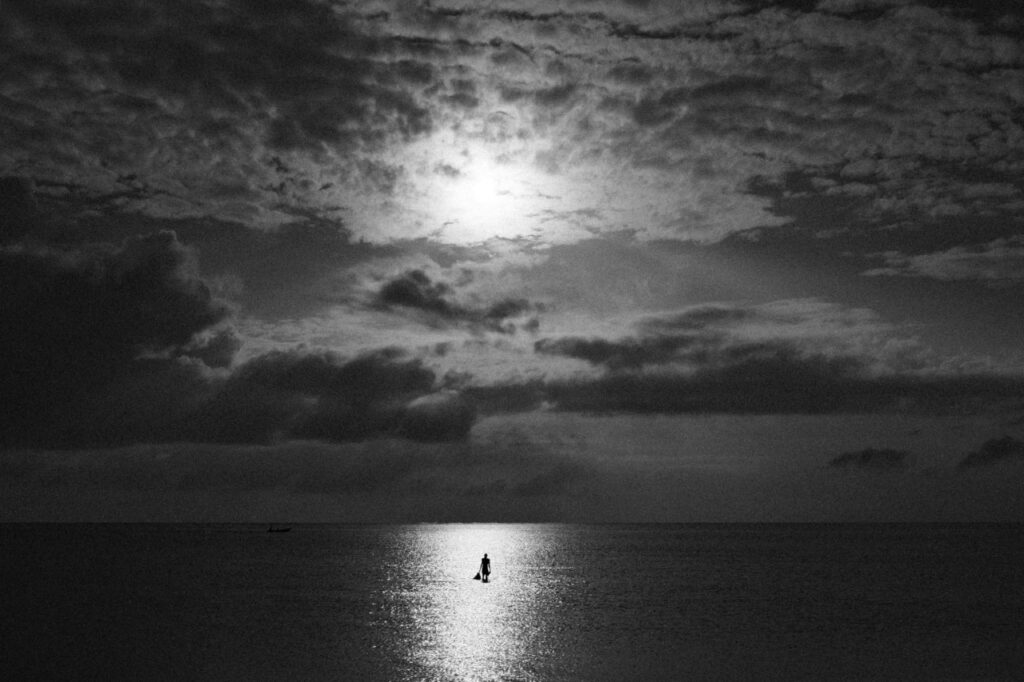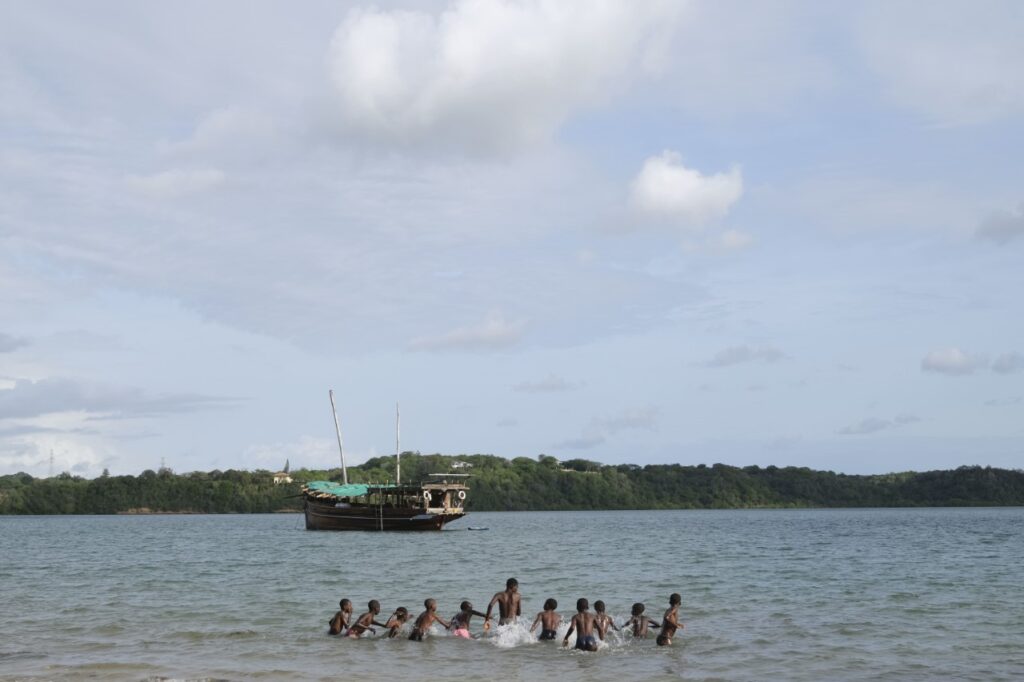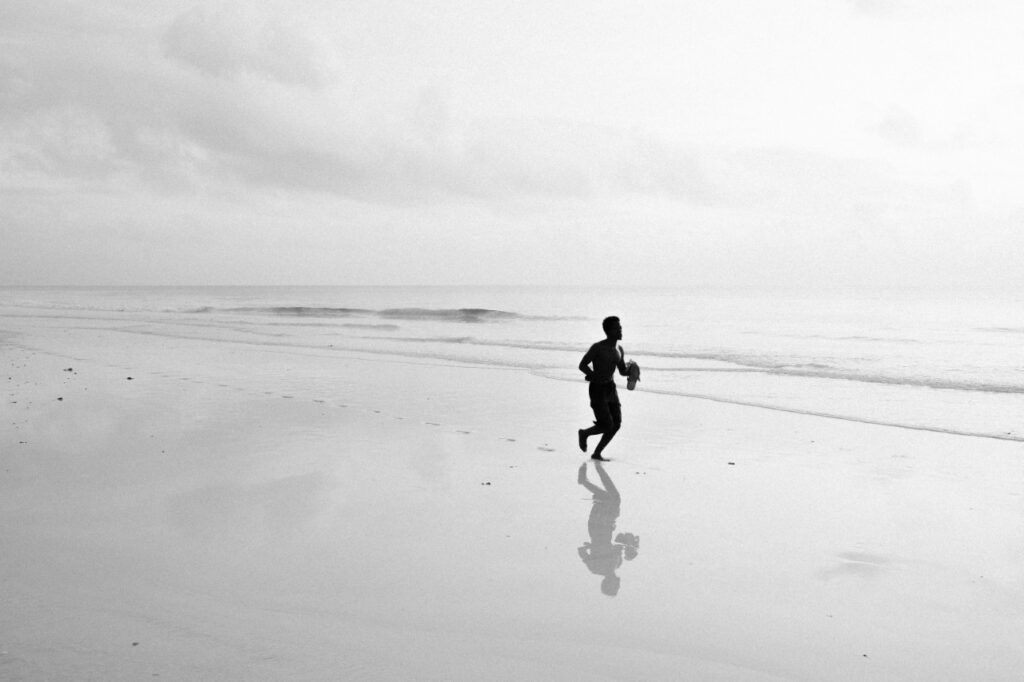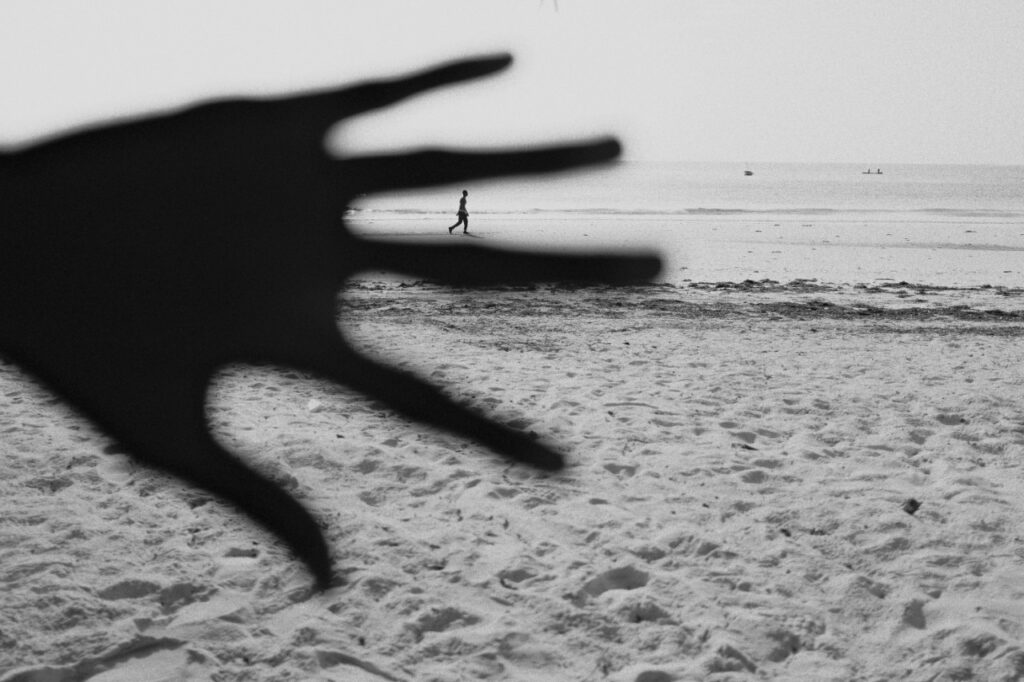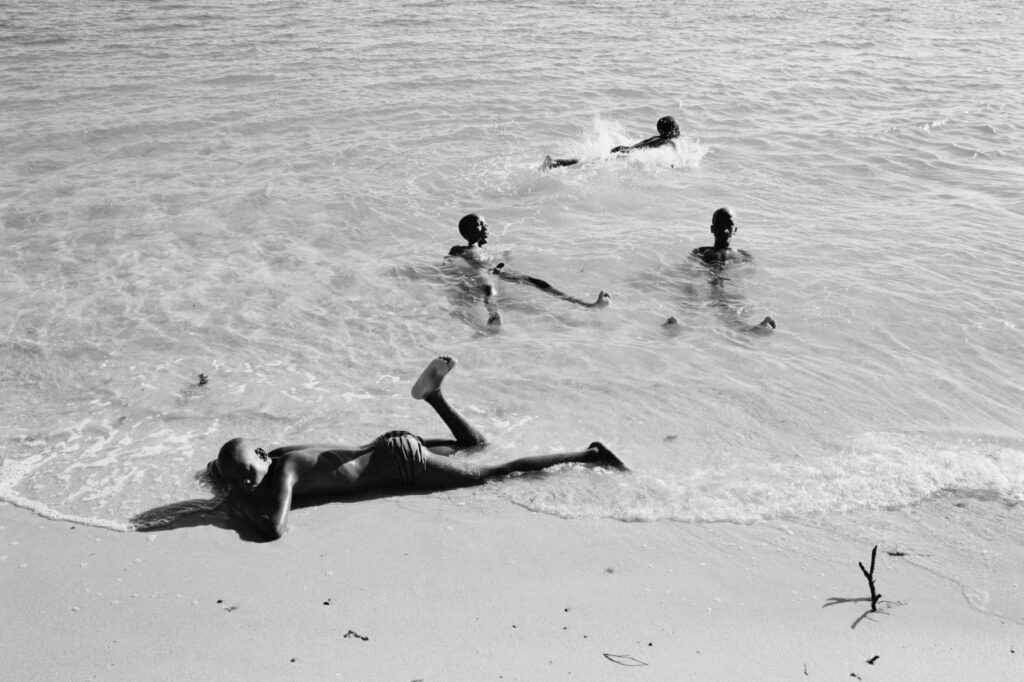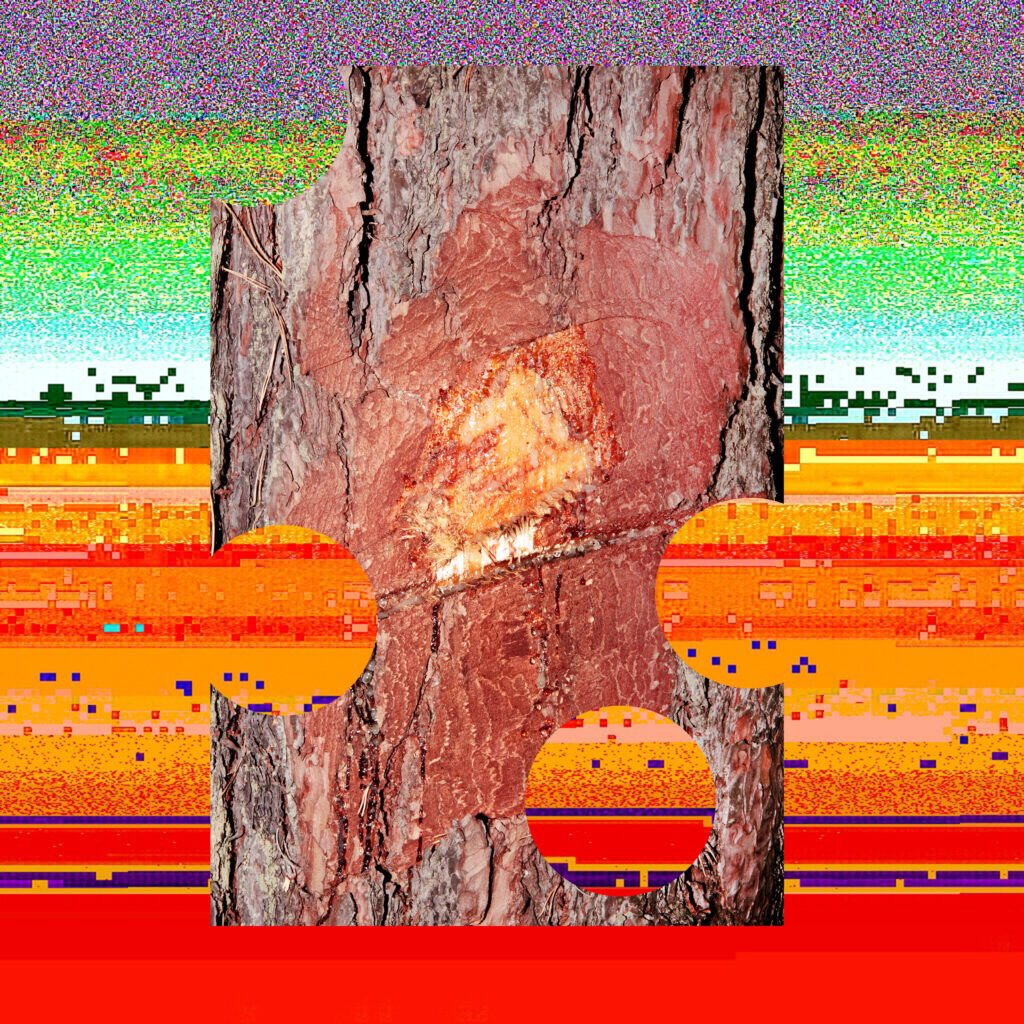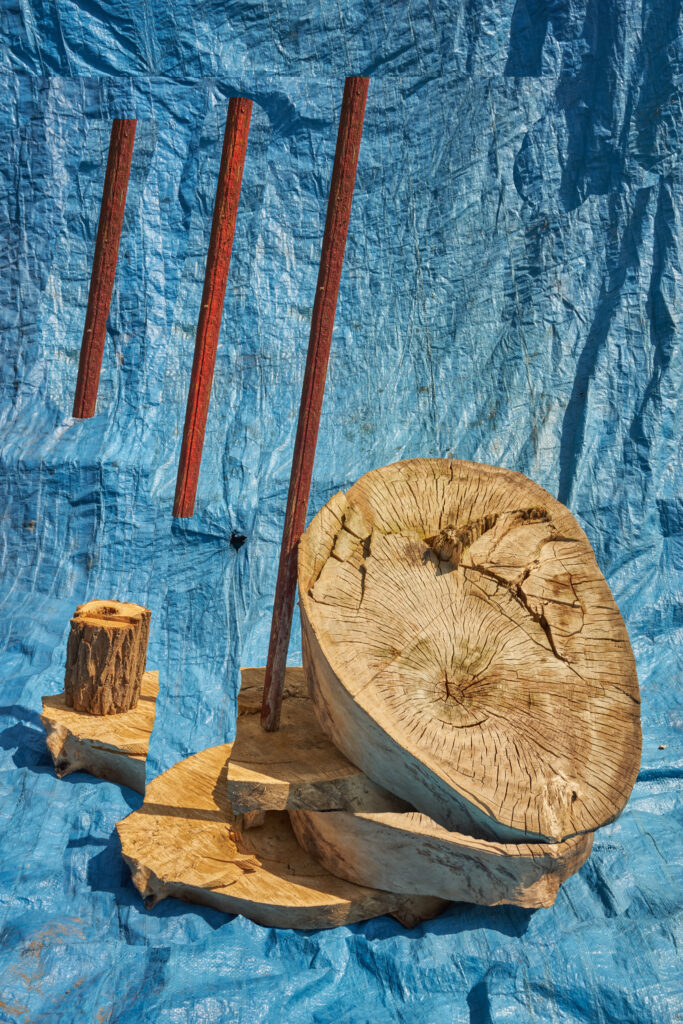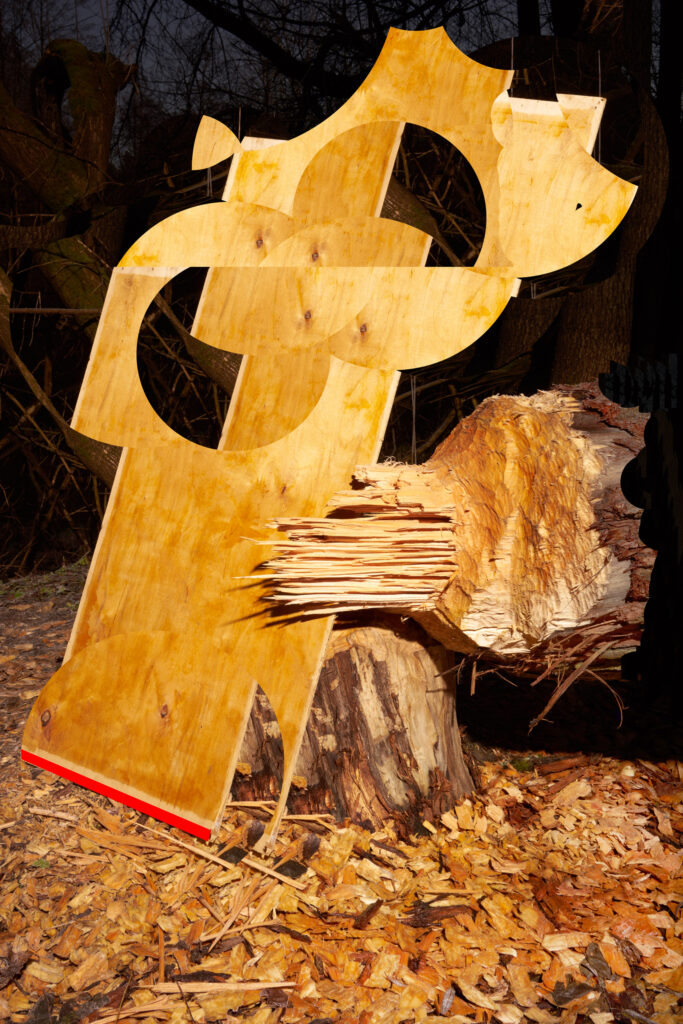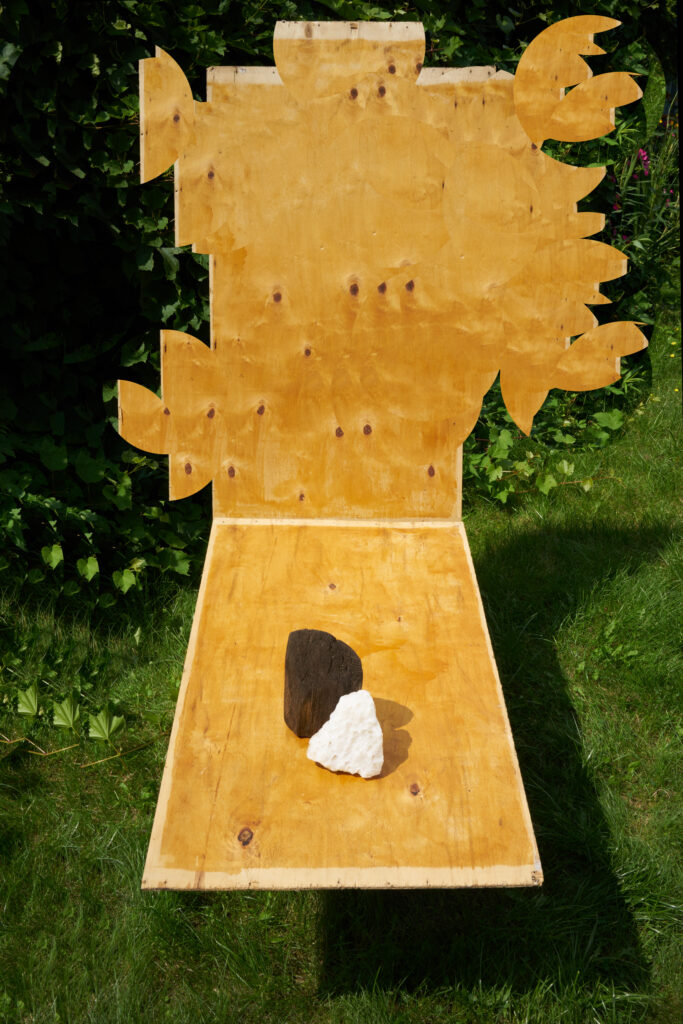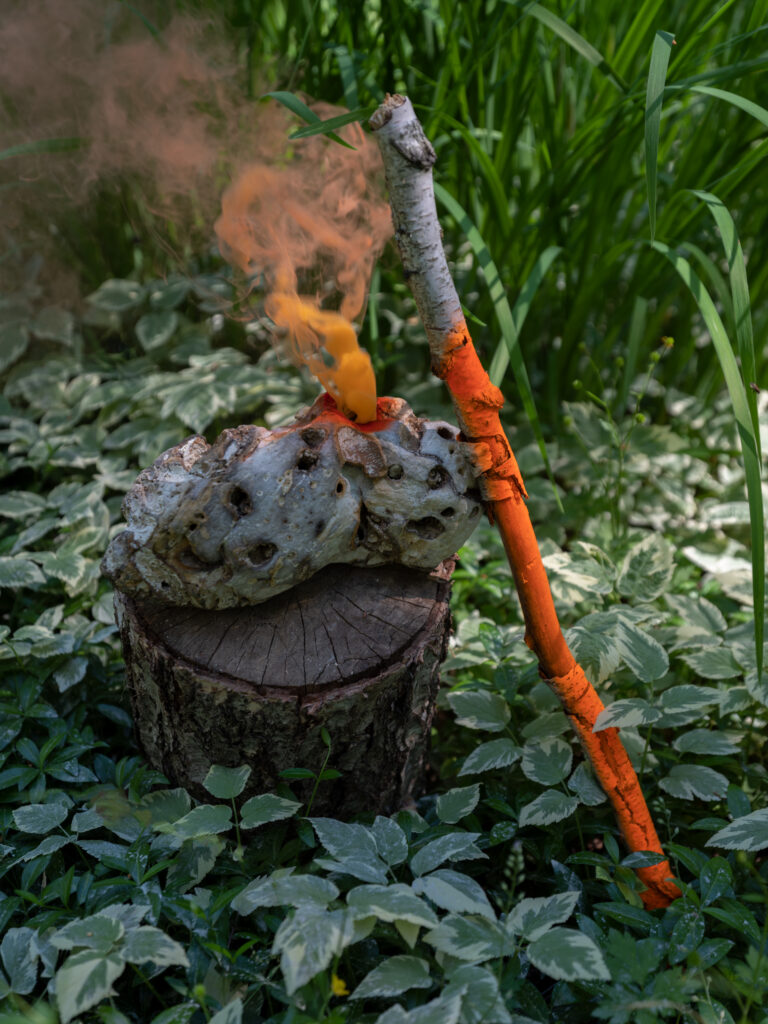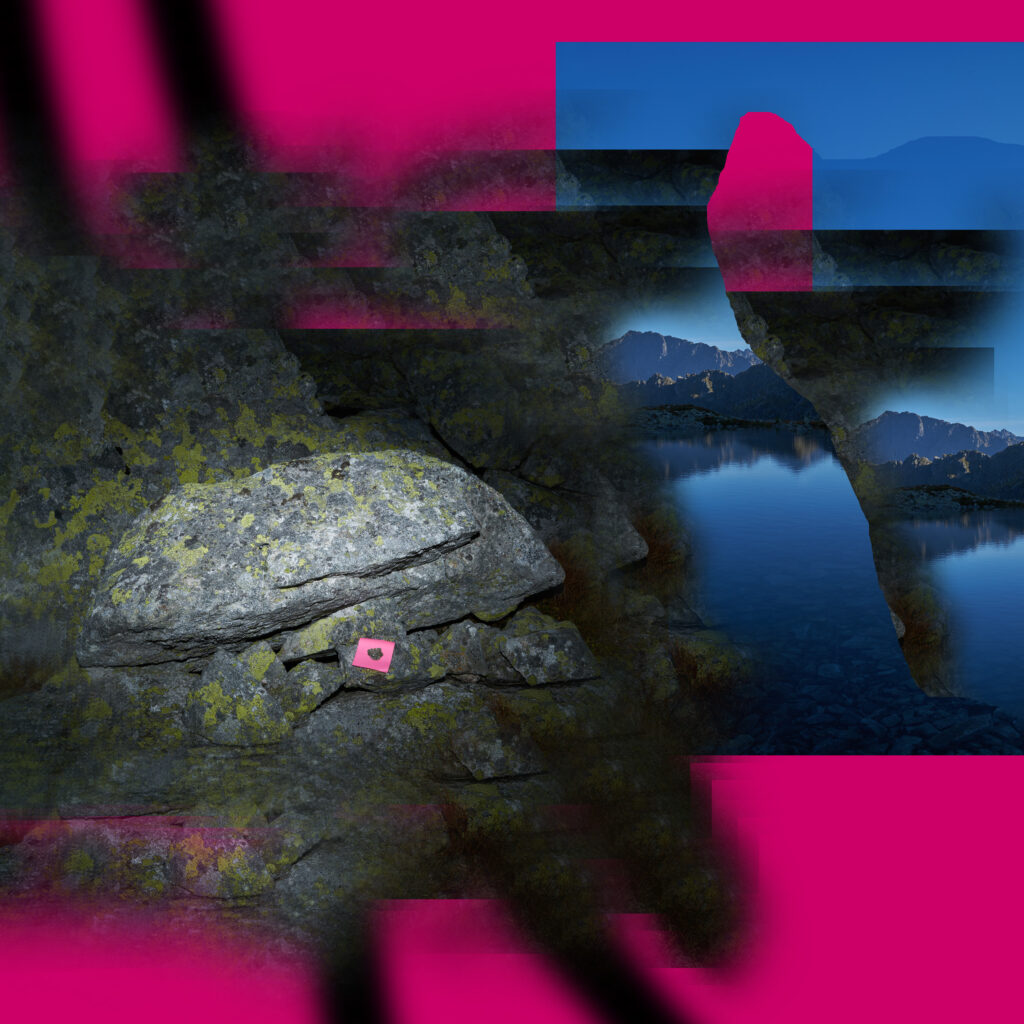TOMMIE OMINDE & IGOR OMULECKI “MITI”
The word “Miti” in the Swahili language means trees. They became the object of observation for Igor Omulecki and Tommie Ominde. Shot on the coast of Kenya, the documentary photographs were taken on the grounds of the sacred Kayas Kauma Mijikenda Secred Fores forest and the “Friends of Nature” cooperative plantation dedicated to reconstructing mangrove forests in Kilifi Creek. The project is complemented by the documentation of objects created by Omulecki inspired by magical trees.
Trees play a hugely important role in the culture of the Mijikenda coastal people of Kenya, both as objects of worship and in everyday life. The Kayas Kauma Secred Forest is home to mystical baobabs, which have deep spiritual significance for the local community. The baobab is called the “tree of the soul,” believed to offer protection and blessing. The tree is also a symbol of strength and perseverance due to its longevity and resistance to many diseases. Baobabs are a focal point for various religious practices, such as prayers, offering of gifts and ceremonies. In Kayas, it is the oldest baobab that marks the place that connects the ancestors to the present and future. Its surroundings provide a burial place for some community members. According to legends, this tree gives life and hope, and its roots reach to the underworld, which emphasizes its spiritual power.
Mangrove trees, which grow along the coast of the Kilifi region, serve other important social and ecological functions. Locals use the wood from the mangrove trees to build boats and houses, which is crucial to maintaining the economy of everyday life. In addition, mangrove forests play an important role in coastal protection and maintaining the balance of marine ecosystems.
For mangrove trees, their role in maintaining the balance of ecosystems is crucial. These trees protect the coast from erosion, floods and storms. Mangrove forests are also home to numerous species of fish and other marine organisms, underscoring their value for preserving marine life.
In both cases, the trees play an important role for both people and the environment. Their value is invaluable both spiritually, economically and ecologically. The history of trees includes the fate of the world as we know it and our culture. The holistic dependence of the coexistence of human beings with nature is revealed.
PHOTOGRAPHS BY IGOR OMULECKI
PHOTOGRAPHS BY TOMMIE OMINDE
Tommie Ominde
(b. 1996), based in Kilifi, Kenya
My artistic practice is one that is fueled by my love for observation. I am particularly inspired by the manner in which we human beings occupy space, in particular, our relationship with the natural and built environment. My protagonist is often nature itself or people doing ordinary activities.
Igor Omulecki
Igor Omulecki (b. 1973 in Łódź) is a visual artist, photographer, and educator, lives in Warsaw. His artistic stance was influenced by the Łódź post avant-garde scene; he bore witness to the most significant events in the Polish conceptual art that were taking place in Łódź in the 1980s and 1990s. He studied at the Cinematography and Photography Department at the Łódź Film School. Recipient of fellowships from the Minister of Culture and the City of Warsaw. Awarded numerous prizes and honours, including the IPA Award, PMH, ExhibitA, Photolucida Critical Mass, Cannes Lions, and Europe’s Premier Creative Award. His highly diverse creative output has, in recent years, been focused primarily on visual perception and forms of visual representation. Omulecki’s oeuvre also includes hundreds of press credits and a number of exhibitions. His work has been exhibited in a variety of prestigious venues, including the Barbican in London, the Centre for Contemporary Art in Tel Aviv, the Matadero in Madrid, MAC Santiagio de Chile, MOCA in Warsaw.



